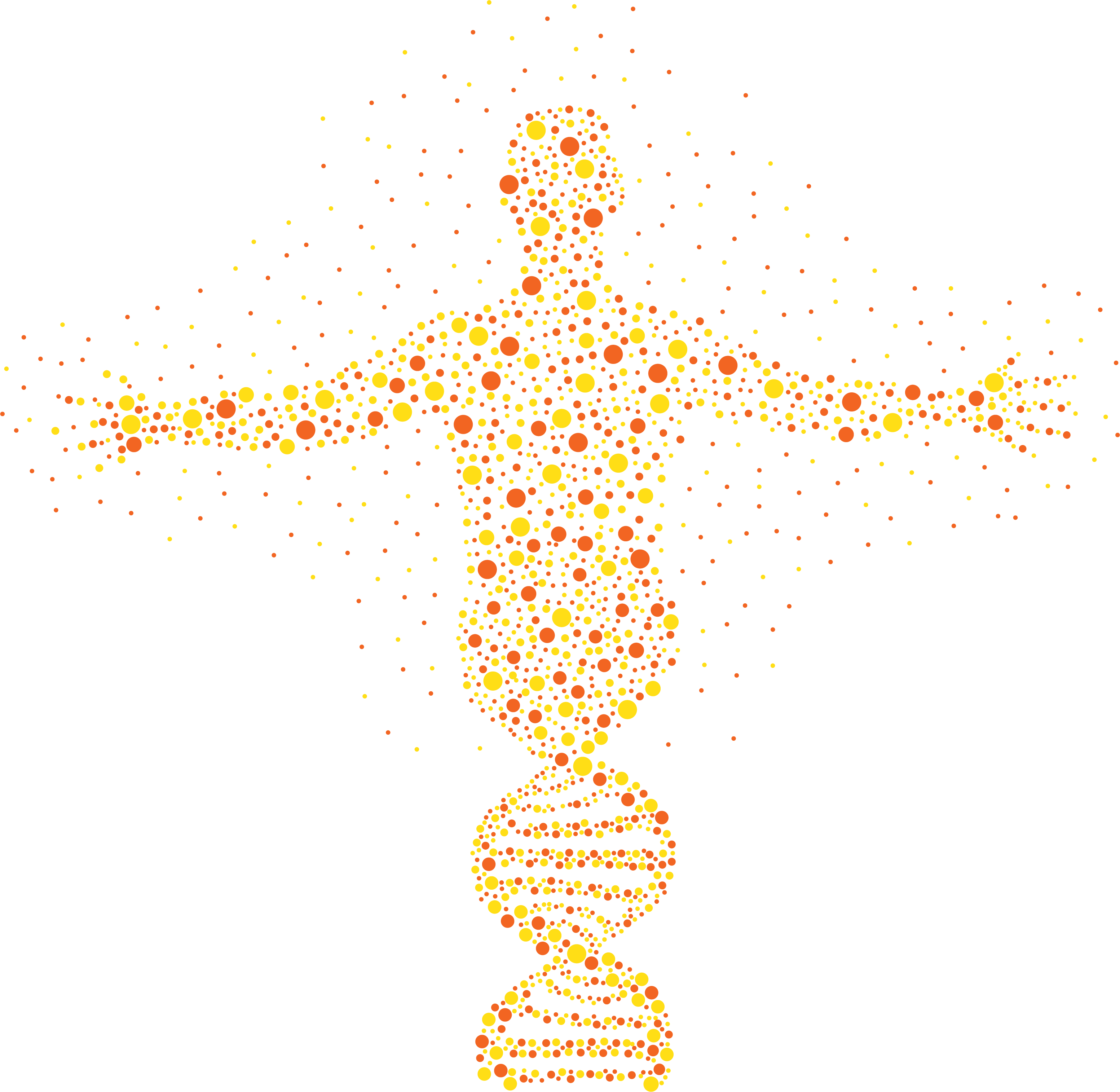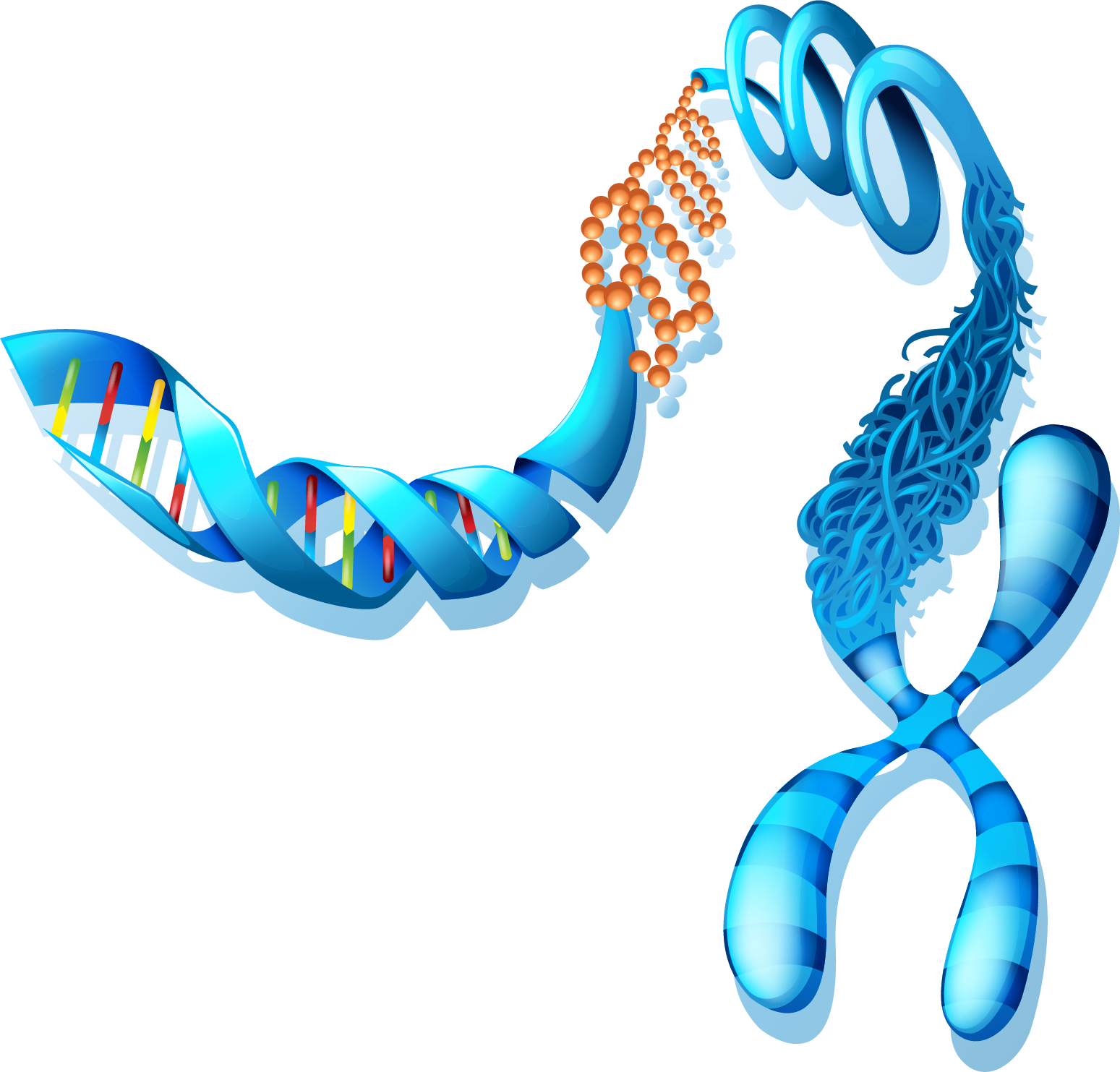Technologies Pipeline
We provide a multi-omics combination technology to best implement personalized precision smart solutions to meet the new individualized medical diagnostic to each citizen
An organism’s complete set of DNA
Genomics
Perspiciatis unde omnis iste natus sit voluptatem accusantium doloremque laudantium, totam rem aperiam, eaque ipsa quae. Ab illo inventore veritatis et quasi architecto beatae vitae dicta sunt explicabo. Nemo enim ipsam voluptatem quia voluptas sit aspernatur aut.
Genotyping
Single-nucleotide polymorphism (SNP) are variations of a single nucleotide (Adenine, Thymine, Cytosine, Guanine) in the DNA sequence that differentiates between members of species or between pairs of chromosomes of an individual genome-wide association study (GWAS).
Show More
It is an approach to identify thousands of genetic variants associated with complex diseases in multiple human populations. In such studies, thousands of individuals are genotyped for more than a million genetic markers, and they see statistically significant differences in minor alleles. Associated technologies include genotype arrays, NGS for whole genome sequencing, and exome sequencing.

Massive sequencing using Next Generation Sequencing
Complete exome (Whole exome Sequencing -WES) and Targeted exome Sequencing -TES):
Exome is the proportion of the genome (∼1–2%) that encodes functional proteins. The complete (complete exome) or selective (panel-directed exome) capture of these coding genes makes it possible to recognize approximately 98% (45 Mb of exon content) of their disease-associated variants
Show More
- WES enables comprehensive exon coverage for clinically relevant genomic regions, including sites associated with known disease and UTR (untranslated) regions, providing greater potential for identification of variants, including rare and rare low frequency and is a cost-effective alternative to whole genome sequencing.
- WES is the complete sequencing analysis of the exome of a person with complex phenotypes that affect many organs or body systems, when more than one disorder is suspected, when previous genetic testing has not yielded informative results, or when the possible genetic disorder might not have a specific test available.
- WES as a first medical approach allow the identification of atypical presentations of known disorders, diagnoses in newly established genes or even new candidate genes.
- WES is valuable for those patients who do not fit the picture of a certain phenotype or diagnostic criteria for a particular condition, as well as in cases where known disease genes are negative for pathogenic and probably pathogenic variants or where only a part of the phenotype is explained.
- WES may also be useful to analyze and report candidate variants in genes that are not yet known to be associated with the disease.
- WES reduces the time from presentation to diagnosis, reduces the cost of a diagnosis and has higher diagnostic performance.

Join Now
Epigenomics
It focuses on the genome-wide characterization of reversible modifications of DNA or DNA-associated proteins, such as DNA methylation or histone acetylation. Covalent modifications of DNA and histones are the main regulators of gene transcription and, subsequently, of cell fate
Show More
These modifications can be influenced by both genetic and environmental factors, they can be long-lasting and, on occasions, heritable. While the role of epigenetic modifications as mediators of transgenerational environmental effects remains controversial, their importance in biological processes and disease development is evident from many association studies of the entire epigenome. Differentially methylated regions of DNA can be used as indicators of disease status for metabolic syndrome, cardiovascular disease, cancer, and many other pathophysiological conditions. Epigenetic signatures are typically tissue specific, and several large consortia are focusing on establishing complete epigenomic maps in multiple human tissues (Roadmap Epigenomics (http://www.roadmapepigenomics.org/ and the International Human Epigenome Consortium; http: //ihec-epigenomes.org/). Furthermore, the data generated by these studies have great potential to improve our functional interpretation of genetic variants that reside in these regions or of epigenetic markers associated with disease regardless of genetic variation. Associated technology includes the evaluation of DNA modifications using NGS.
An organism’s complete set of DNA
Transcriptomics
RNA Sequencing (RNAseq)
Examines RNA levels throughout the genome, both qualitatively (what transcripts are present, identification of new splice sites, RNA editing sites) and quantitatively (how much of each transcript is expressed). Transcriptomic studies in the last decade have shown that while only ~ 3% of the genome encodes proteins, up to 80% of the genome is transcribed. RNA-Seq studies identify thousands of new isoforms and show the complexity of the protein-encoding transcriptome.
Show More
However, an even more significant contribution of these studies was the development of the non-coding RNA field. It is now clear that thousands of long non-coding RNAs from transcripts in mammalian cells (http://www.gencodegenes.org/) play essential roles in many physiological processes, for example, brown adipose tissue differentiation, endocrine regulation and neuronal development. Dysregulation of long noncoding RNAs has been linked to various diseases, such as myocardial infarction, diabetes, cancer, and others. In addition to long non-coding RNA, NGS allows detection of short RNAs (microRNAs, piwi interacting RNAs, and small nuclear RNAs) and identification of circular RNAs, a novel player in the RNA family. Like long noncoding RNAs, accumulating evidence points to the dysregulation of short and circular RNAs in disease and the potential use of them as biomarkers or as therapeutic targets. Associated technologies include probe arrays and RNA-Seq.

Expression analysis by DNA or RNA Microarrays
It is a set of technologies for the automatic analysis of gene expression and variability to know in detail the structure and functioning of our genetic endowment. Its applications in human health include gene expression monitoring, screening of active compounds and validation of therapeutic targets, pharmacogenomics, personalized medicine, molecular diagnosis, disease prognosis and detection of infectious agents.
Show More
Detection of microRNAs (miRNAs) are a class of small noncoding RNA fragments (22 nucleotides) involved in the regulation of gene expedition at the post-translational level that regulate gene expression by degrading their target RNA and / or inhibiting their translation.

Join Now
Microbiomics
It is a rapidly growing field in which all microorganisms in a given community are investigated together. Human skin, mucosa, and the gut are colonized by microorganisms, including bacteria, viruses, and fungi, collectively known as the microbiota (and their genes make up the microbiome). The human microbiome is enormously complex; for example, the gut contains approximately 100 trillion bacteria of 1000 different species.
Show More
There are substantial variations in microbiota composition between individuals that result from birth and development, diet and other environmental factors, drugs, and age. The microbiome can be profiled by amplifying and then sequencing certain hypervariable regions of bacterial 16S rRNA genes followed by clustering of sequences into operational taxonomic units. Shotgun-like metagenomic sequencing, in which total DNA is sequenced, can provide additional resolution to distinguish genetically close microbial species. Several analysis tools have been developed to analyze NGS data from targeted 16S or metagenomic analysis, such as QIIME (Quantitative Insights into Microbe Ecology). These allow for precise quantitative taxonomic determination that can be correlated with diseases or other phenotypes of interest. Associated technologies include the application of NGS for 16S ribosome abundance and quantification of metagenomics.
Microbiome / metagenome analysis for microbiota detection Microbiome / metagenome analysis for microbiota detection
(oral, intestinal, skin and mucous membranes) Microbiome or microbiota genome. It is all the genetic material of all the microbes (bacteria, fungi, protozoa and viruses) that live in the human body, being very different according to the part of the body and playing a very important role according to their body location, as well as according to each person.
Show More
The set of all the genomes of detectable microbes constitutes the metagenome and the analysis of their diversity allows us to know the role of the microbiome in relation to health, nutrition, immunity and disease and the development of new treatments. Bacteria commonly found on the skin could help protect us from skin cancer or even respond differently to the same food. It allows the analysis of the diversity of the microbiome to know its role in relation to health, nutrition, immunity and disease and the development of new treatments. With this we will reveal if the microbiome helps digest food, regulate the immune system, its degree of protection against pathogenic bacteria and also know if its bacteria contribute adequately to produce vitamins (B, B12, thiamine, riboflavin, vitamin K necessary for blood clotting). It will help detect changes in the microbiome that are associated with diabetes, rheumatoid arthritis, muscular dystrophy, multiple sclerosis, and fibromyalgia. It will also facilitate us to know the family inheritance of the microbiome and aspects of great interest in terms of the response to drugs and the quality of our sleep.
Join Now
Metabolomics
Simultaneously quantifies multiple types of small molecules, such as amino acids, fatty acids, carbohydrates, or other products of cellular metabolic functions. Metabolite levels and relative proportions reflect metabolic function, and disturbances outside the normal range, indicative of disease, often occur.
Show More
Quantitative measurements of metabolite levels have made possible the discovery of new genetic loci that regulate small molecules, or their relative proportions, in plasma and other tissues. Furthermore, metabolomics in combination with modeling has been used extensively to study metabolite flux. Associated technologies include EM-based approaches to quantify both relative and targeted small molecule levels.

Join Now

Proteomics
It is used to quantify the abundance, modification and interaction of peptides. Protein analysis and quantification has been revolutionized by MS-based methods, and recently these have been adapted for high-throughput analysis of thousands of proteins in cells or body fluids. Protein interactions can be detected by classical unbiased methods such as phage display and yeast two-hybrid assays.
Show More
Affinity purification are methods in which a molecule is isolated using an antibody or a genetic tag and then mass spectrometry (MS) is applied to identify any associated proteins. Affinity methods, sometimes coupled with chemical crosslinking, have been adapted to examine global interactions between proteins and nucleic acids (eg, ChIP-Seq). Finally, the functions of a large fraction of proteins are mediated by post-translational modifications such as proteolysis, glycosylation, phosphorylation, nitrosylation, and ubiquitination. Such modifications play a key role in intracellular signaling, control of enzyme activity, protein turnover and transport, and maintenance of general cellular structure. MS can be used to directly measure such covalent modifications to define the corresponding shift in protein mass (compared to the unmodified peptide). There are studies that develop the analysis of such modifications at the genome level. Associated technologies include MS-based approaches to investigate interactions and quantification of the global proteome and post-translational modifications.
Join Now
Methylation
DNA methylation is an epigenetic mechanism used by cells to control gene expression. DNA methylation represents an annotation system for marking the genetic text, thus providing instruction as to how and when to read the information and control transcription. Unlike sequence information, which is inherited, methylation patterns are established in a programmed process that continues throughout development, thus setting up stable gene expression profiles.
Show More
Some changes in methylation closely correlate with age providing a marker for biological ageing, and these same sites could also play a part in cancer. The genome continues to undergo programmed variation in methylation after birth in response to environmental inputs, serving as a memory device that could affect ageing and predisposition to various metabolic, autoimmune, and neurological diseases. Taking advantage of tissue-specific differences, methylation can be used to detect cell death and thereby monitor many common diseases with a simple cell-free circulating-DNA blood test.

